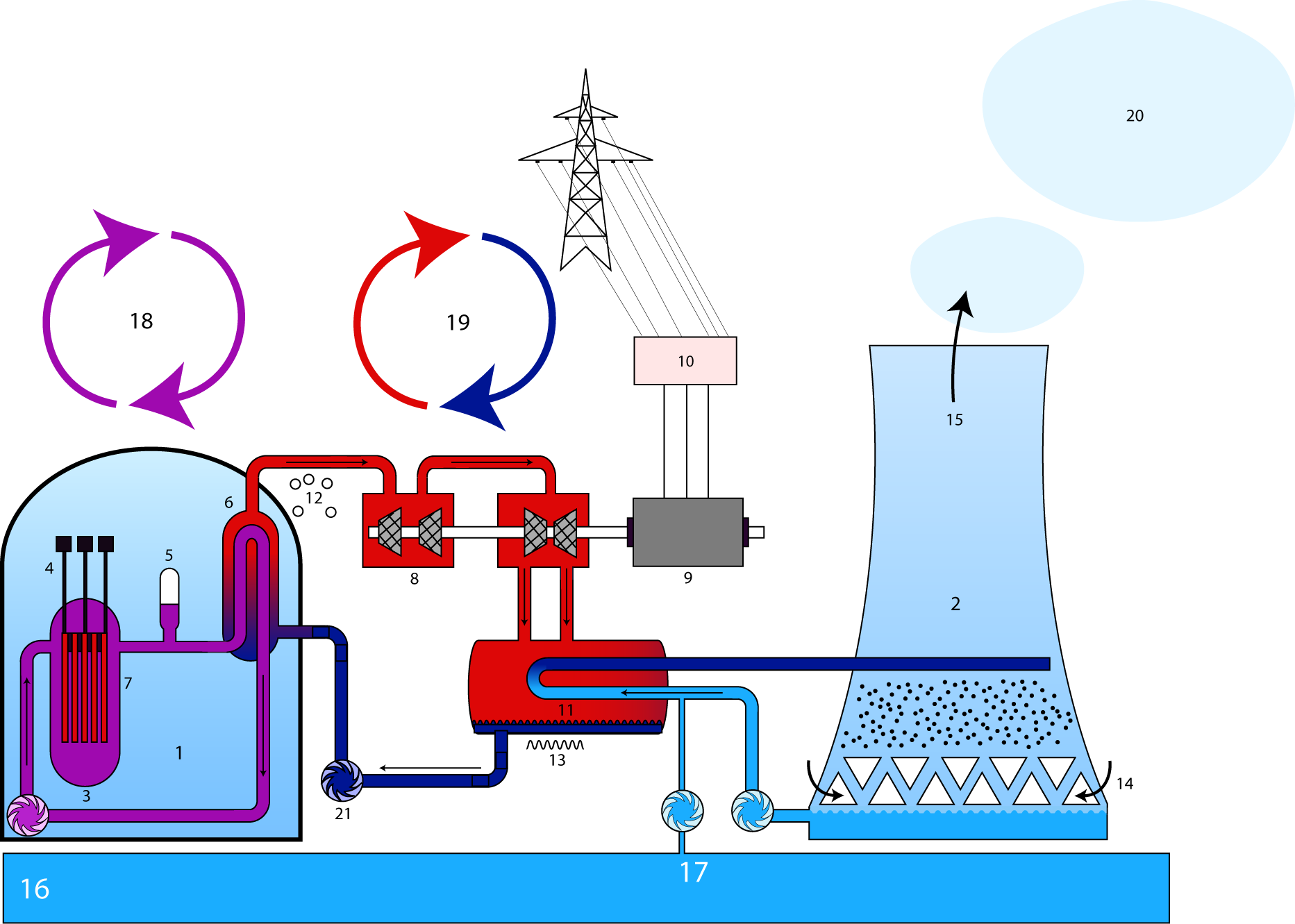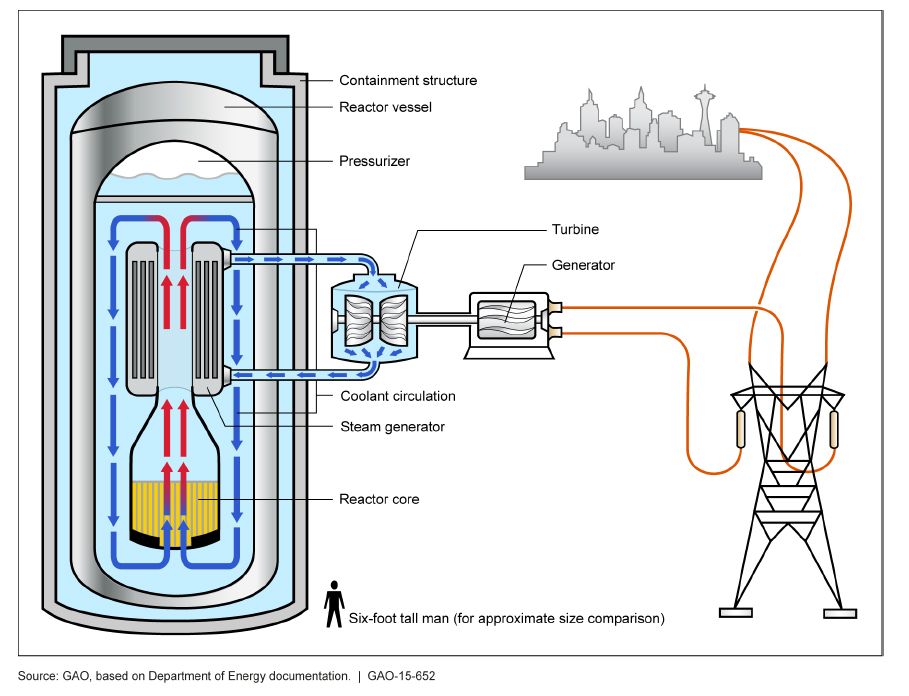What Are the Different Types of Nuclear Reactors?
Exploring the different types of nuclear reactors, their fuel, designs, and history to understand the functionality and sustainability of nuclear energy.

Nuclear reactors play a crucial role in the generation of electricity and the sustainability of nuclear energy.
With a variety of reactor designs and fuel types, understanding the functionalities of each is essential to comprehend the complexities of nuclear energy.
Reactor Designs
Pressurized Water Reactors (PWR)

PWRs, the most prevalent reactor type globally, utilize enriched uranium oxide fuel to produce steam that drives turbines for electricity generation.
Operating under high pressure, the water in the reactor vessel prevents boiling.
Boiling Water Reactors (BWR)

In contrast to PWRs, BWRs directly generate steam inside the reactor vessel to power turbines.
Like PWRs, they use enriched uranium oxide as fuel and are extensively employed in the United States.
Fast Neutron Reactors

These reactors harness fast neutrons to induce fission in their fuel, enabling highly efficient energy production.
However, their commercial viability has historically been limited.
High-Temperature Gas-Cooled Reactors (HTGR)

HTGRs use helium as a coolant, enabling them to achieve higher temperatures than standard water-cooled reactors.
This design facilitates the efficient production of electricity and hydrogen.
Molten Salt Reactors (MSR)

MSRs utilize liquid fuel in the form of molten fluoride salts, which also serve as the coolant.
This design offers inherent safety advantages and the potential to reduce nuclear waste.
Small Modular Reactors (SMR)

SMRs are scaled-down versions of traditional nuclear reactors, designed to be more flexible in deployment, with reduced capital costs and shorter construction times.
Nuclear Fuel Types

The fuel used in nuclear reactors primarily consists of enriched uranium, undergoes fission to produce heat.
Additionally, some reactors employ mixed oxide (MOX) fuel, a blend of plutonium and uranium oxides, as an alternative.
Nuclear Reactor History and Sustainability
The evolution of nuclear reactors, from early research and military applications to the commercial reactors supplying electricity worldwide, reflects ongoing engineering advancements to enhance safety and efficiency.
As nuclear energy regulations evolve, the challenge remains to ensure these reactors provide a safe and sustainable energy source for the future.
Find out more about Nuclear Power Plant Locations to understand where these reactors are located and how they contribute to global energy production.






